- 19 Posts
- 12 Comments

 2·1 year ago
2·1 year agoBirdtray might be what you’re looking for. I’ve only used it on windows, but for me it gets thunderbird out of the way but able to be checked and used immediately.
I’ve only got a water resources/environmental practice exam that has been passed around a lot. There is a decent amount of rudimentary soil mechanics and foundations, that I actually think is getting removed for that specific exam in the new one. The new structure means it might be a choice of piecemealing old content based on the NCEES topics list, or buying brand new materials.
I’ll probably be sitting the exam a little under one year from now, so I’m planning on doing the former until early next year, then hopefully my employer will buy some newer materials, or handle a bit of the cost, or maybe a review course at a local uni.

 2·1 year ago
2·1 year agoJust yesterday I got a dell inspiron for this reason. It’s the “we have a laptop at home” macbook air IMO and I only logged into the OEM windows for the 5 min of checking out what’s new windows 11 before installing my OS of choice.
 2·1 year ago
2·1 year agooh yeah, I forgot I watched about half of that video last week. He is really thoroughly knowledgeable and I enjoy his videos a lot, but it felt like a bit of a litany of arguments which is why I quit watching. However, the seismic argument is huge to me. Saying ‘Masonry houses can kill you here’ is a pretty strong argument in my book, especially when dealing with the realities of economics and what’s actually affordable/what’s cheapest.
 8·1 year ago
8·1 year agoThis does a really good job of explaining the benefits of “stick” construction, even if he does get a little wrapped up in his hamburger analogy. I’m particularly interested in sharing it because of how many people online denigrate wood houses in the US, and I think this will show some of the real advantages of it as a construction choice.
 1·1 year ago
1·1 year agoThat’s just way too vague to tell one way or another, and I don’t want to fall for marketing. Most concrete is made of mostly local materials, since the sand and gravel is quarried locally, sometimes on the same site as the mixing plant
 3·1 year ago
3·1 year agoOne thing definitely lacking in the article and my brief look on their website is just… wtf even is the binder? Anything to truly replace portland cement will have to be non-proprietary and really well researched if they ever want it to take off.
 5·1 year ago
5·1 year agoJust find these types of scaled models amazing to see in real life.
And, of course, it’s actually being built. https://www.asce.org/publications-and-news/civil-engineering-source/civil-engineering-magazine/issues/magazine-issue/article/2023/07/zigzagging-weir-helped-solve-safety-issues-at-2-california-dams
And here are some videos on other physical models like this: https://www.youtube.com/watch?v=i70wkxmumAw
https://www.youtube.com/watch?v=GtUDGSmPd04
Finally, if you’re interested in the mathematics behind how we can do this and make comparable prototypes:
 1·1 year ago
1·1 year agoThe opening was a bit hard to see where they were going, but overall a pretty good video that gives a good history of some difficult road engineering

 1·1 year ago
1·1 year agodeleted by creator

 2·1 year ago
2·1 year agoBeen using some free time at work to make an inventory of pipeline stream crossings and plan on making it a GIS feature class for regular maintenance. This was inspired by an encased sanitary sewer essentially becoming a low head dam (just eroded, not discharging sewage) in a homeowners back yard and we were unaware until someone called.
It’s mostly just been tracing the features so far, but I’m thinking about where to take it next. Thinking a good direction to go next will be to use the elevation model to try and find manholes in high slope areas and ditches so they can be identified for monitoring for erosion or I&I.

 2·1 year ago
2·1 year agoMade this community because I wanted to represent my academic interests and try to grow something. Everyone is welcome regardless of your level of involvement or education, from non-engineers and students, to Professional Engineers and researchers (I’m somewhere in the middle of that spectrum). Hope to see you post!
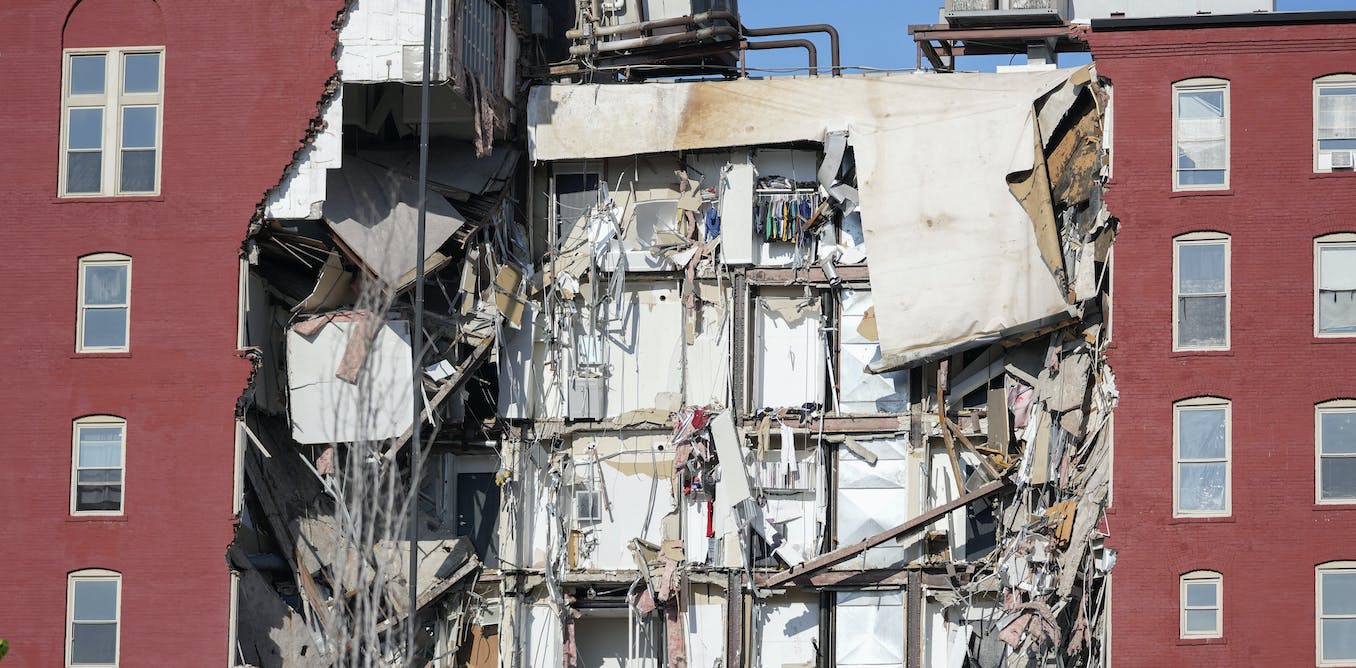

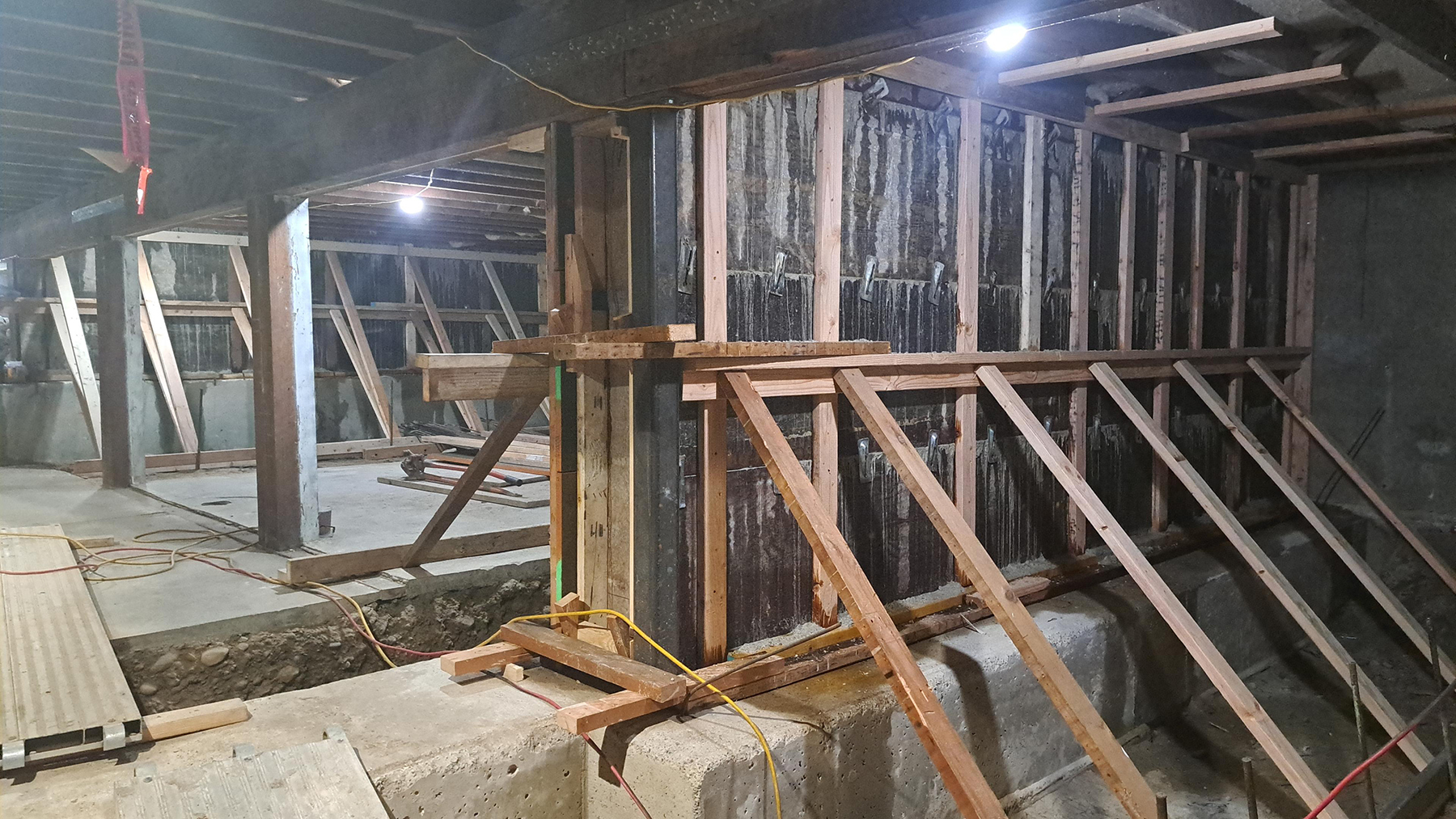

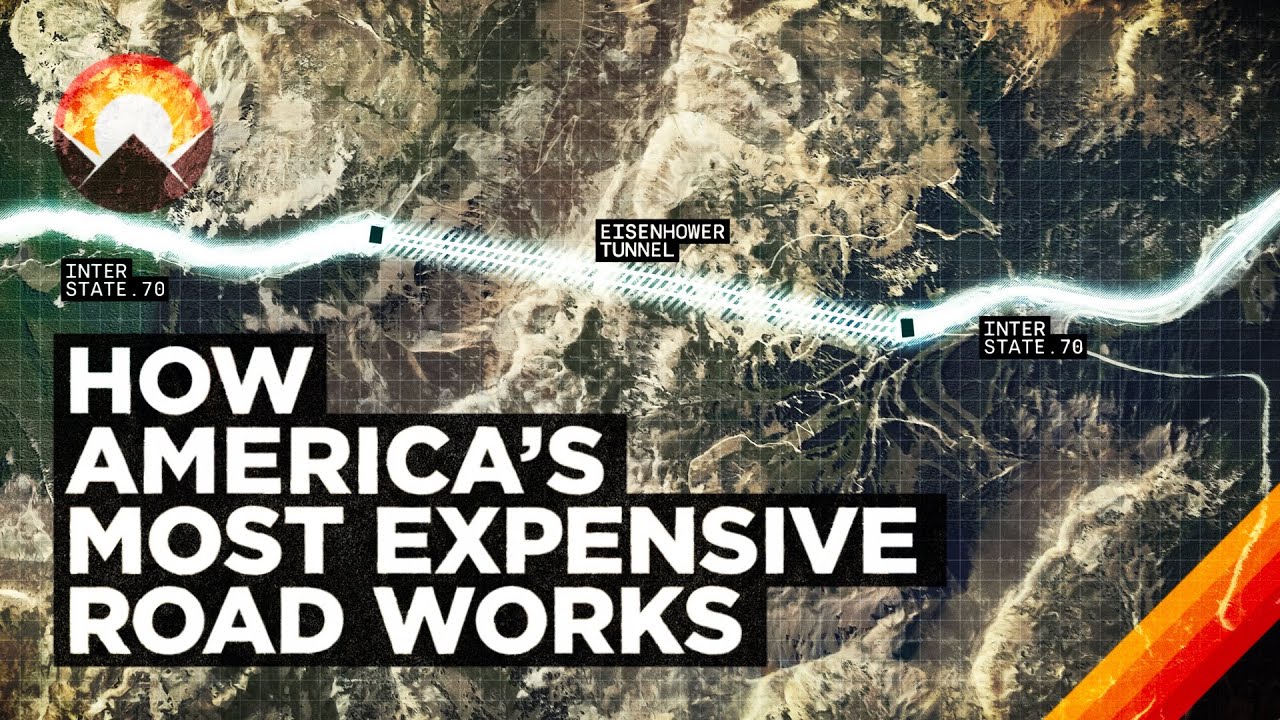




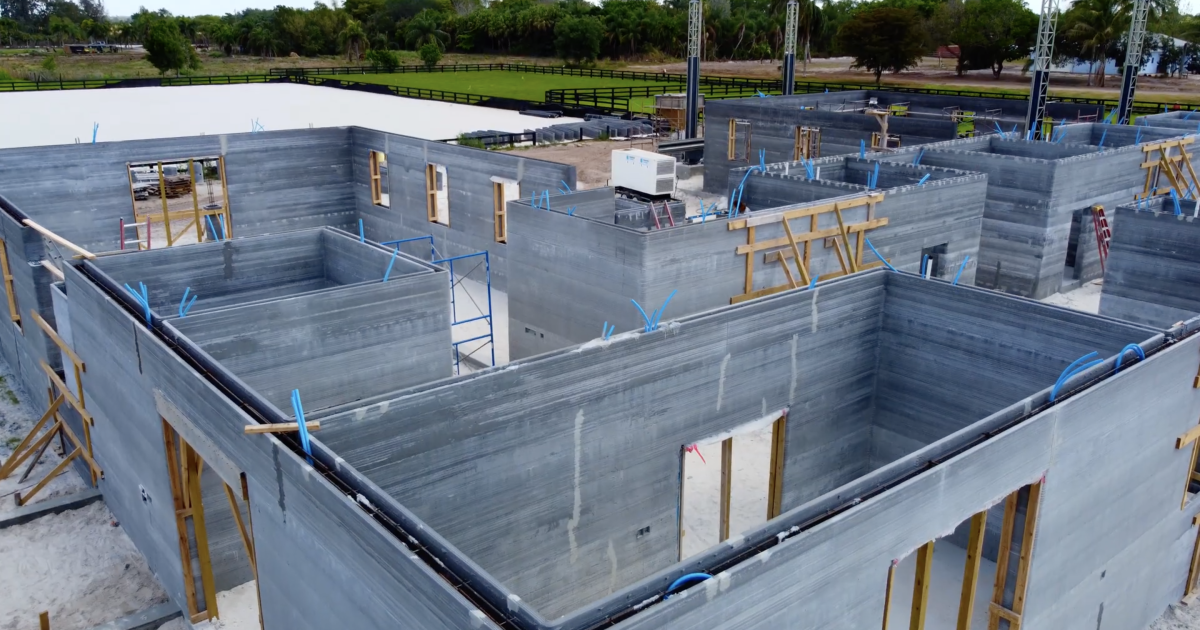
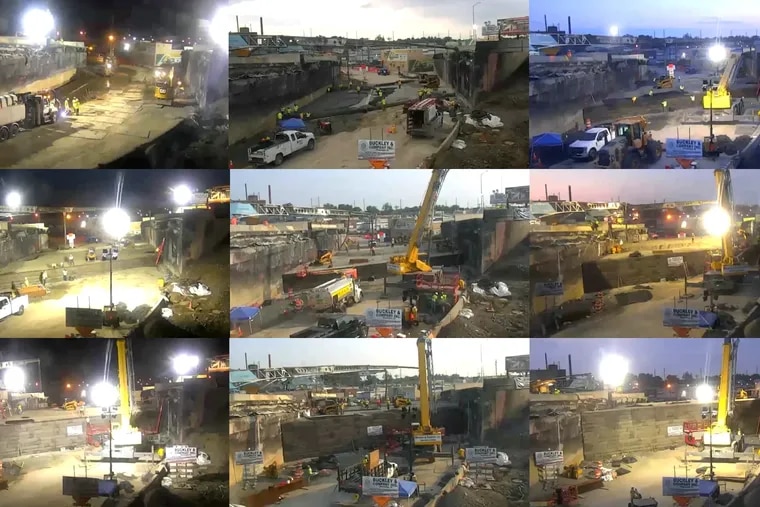


Surfside sticks in my mind so much because it happened in my first week on the job as an engineer. That was only two years ago, but it really feels like the pandora’s box of deferred maintenance is just starting to swing open.